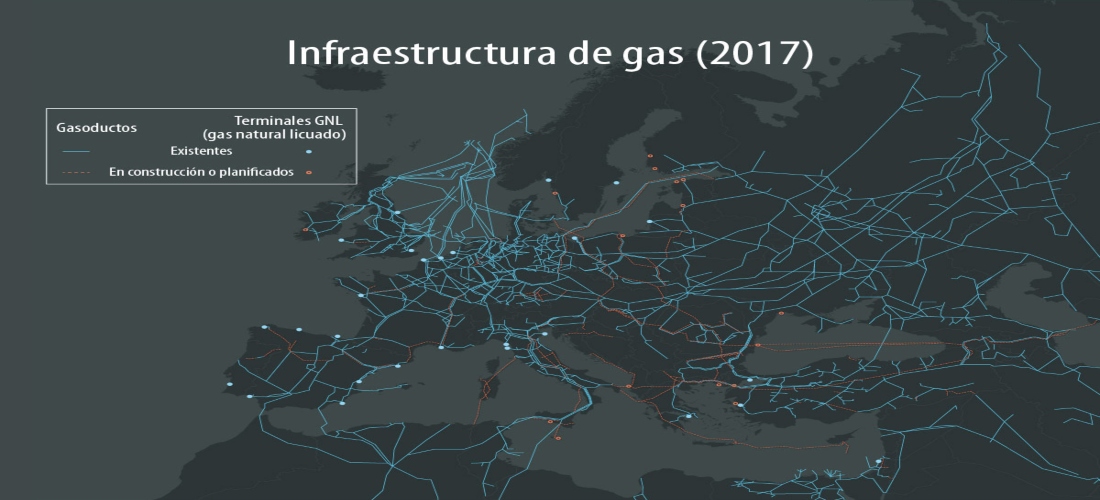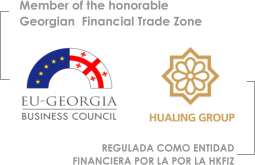NEWS

Internal gas market: new rules to regulate pipelines from third countries
MEPs approved on April 4 to extend the rules of internal EU gas pipelines to gas pipelines from third countries.
The reform would affect the 1200 km Nord Stream 2 gas pipeline, which connects Russia and Germany below the Baltic Sea.
The objective is to ensure that the rules governing the internal gas market of the EU are applied to pipelines that communicate a Member State (which includes territorial waters) with a third country.
The revision of the European gas directive will establish that the European Commission will have the authority to authorize the opening of negotiations between a Member State and a third country, unless it considers that the future agreement between both parties may contravene European energy standards or put in Supply risk.
The president of the Energy commission, the Polish MEP Jezy Buzek, of the European People's Party explains that gas supply is often used as a political weapon. "We cannot 'disarm' the impure intentions of others, but we can arm ourselves with the total clarity and legal coherence of existing legislation," he adds.
Gas consumption and imports
Gas is used primarily to heat homes and generate electricity. A quarter of EU energy consumption comes from natural gas.
Many EU countries rely heavily on gas imports. More than 70% is imported and this percentage is likely to continue increasing.
Main suppliers and routes
EU countries get their gas from different sources. This is confirmed by the European Commission data on the third quarter of 2018.
Russia was the main supplier of the EU (47%), followed by Norway (34%), Algeria and Libya (8.6% in total).
About 89% of the gas is imported through pipelines. The rest is transported by methane, ships dedicated to the transport of liquefied natural gas such as LNG.
Brotherhood is the main channel for the arrival of Russian gas to Europe and, in particular, to Ukraine and the Balkan route. This route covered almost half of Russia's imports. It was followed by the Yamal gas pipeline, which crosses Belarus and Poland arriving in Germany, and covers approximately 20%, and the Nord Stream 1 gas pipeline (30%).



